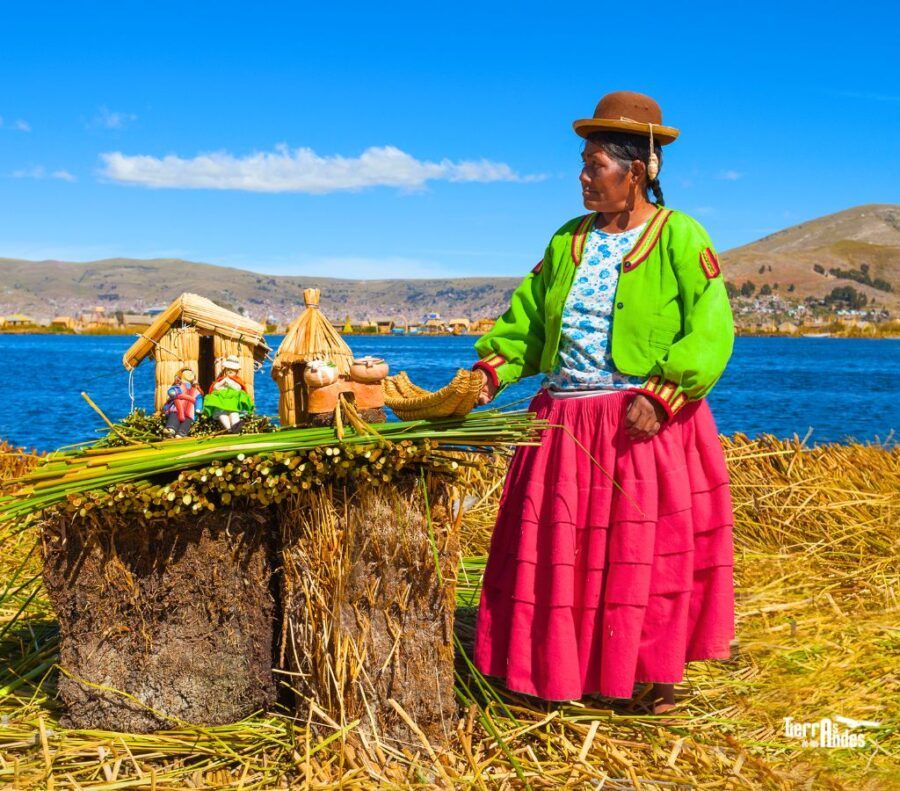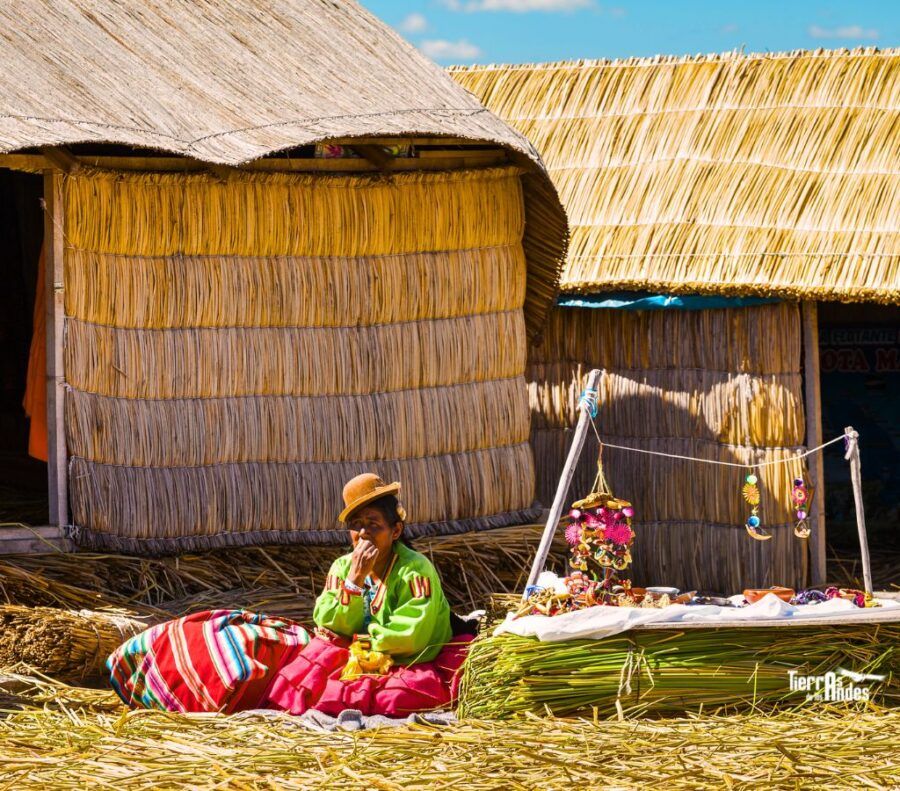
The floating islands of Lake Titicaca are undoubtedly one of the most recent tourist attractions of the city of Puno, although the presence of these islands in the lake is from long ago, preserving knowledge, customs and ancestral traditions, being a great treasure for the cultural heritage of the country.
Table of Contents
The floating islands in our Lake Titicaca are made of totora (Schoenoplectus californicus) a native plant characteristic of the lakes and swamps of South America, its stem which is what is most used, can measure between 1 mt and 2.30 mts which is the main component of the floating islands, as well as used to build roofs, walls and also boats and baskets that are made for fishing.
The islands are built by reed blocks called "khillis" of 1mt to 1.30mt thick, which are tied and stacked one on top of the other. In this way a wide platform is built, which, thanks to the natural impermeability of the reeds, the islands can float, but this is obviously not perpetual, since the oldest "khillis", which are at the base of the platform, are deteriorating by contact with water so you have to keep adding more layers of "khillis" being this a constant work for the inhabitants of the islands.
The group of Floating Islands is called the Uros Islands, however, it is made up of different islets, and today many of these islands receive thousands of tourists who go there every day to experience experiential tourism.

